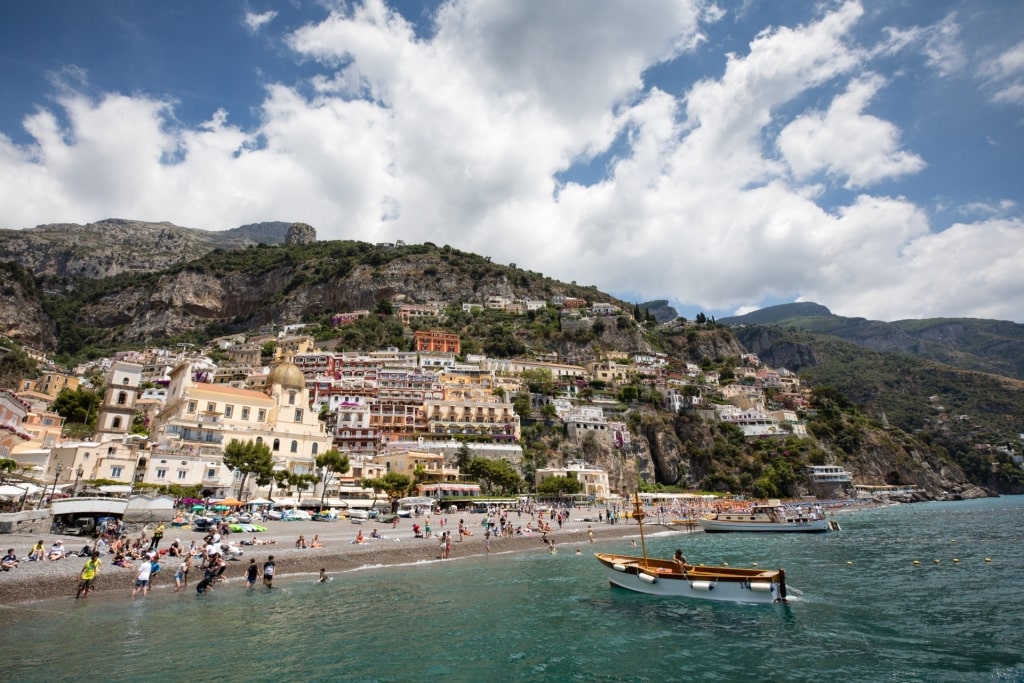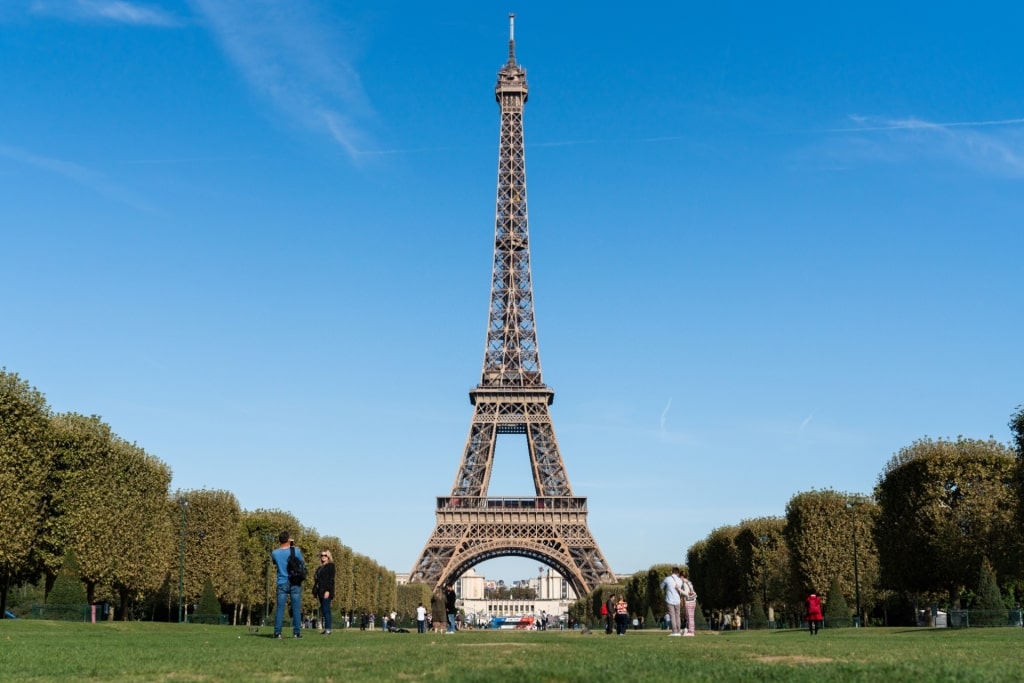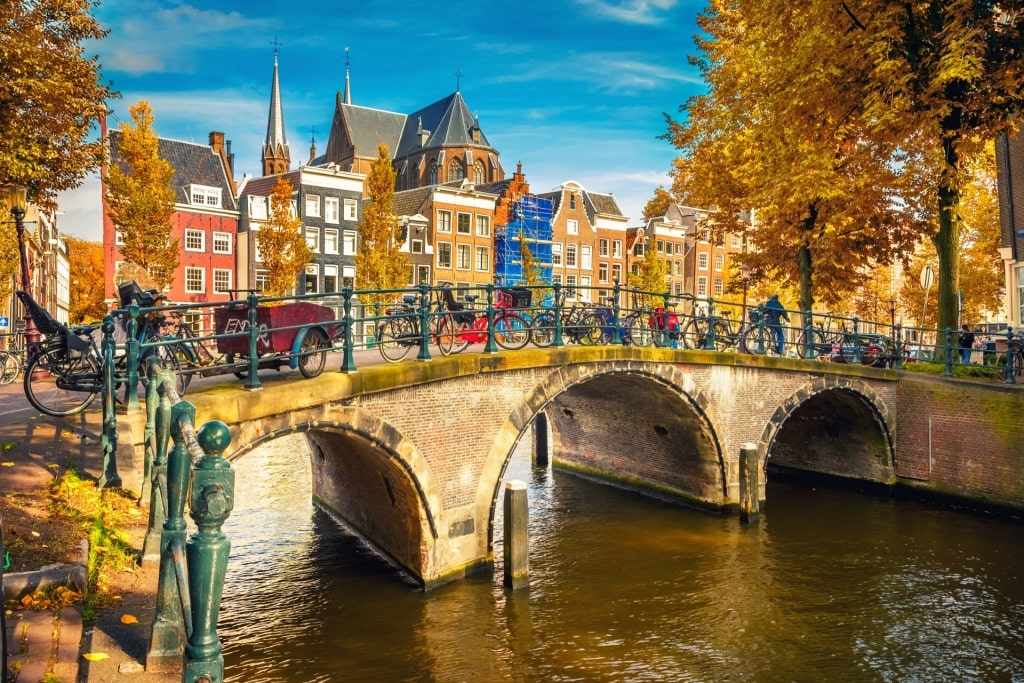The best time to visit Europe is in the months of May, June, and September, although there are compelling reasons to visit at any time of year.
Europe is a big place in terms of climatic variation, ranging from cool, mountainous Norway and Iceland in the north to sunny Greece and Turkey in the south.
While you’ll find variations within what may feel like a relatively small area, there are no extremes here on the scale of what many other regions of the world experience. No bitter winters and no monsoons, for example, with hurricanes virtually unheard of.
Visiting Europe by Season
Summer

Provence, France
Summer in Europe is generally regarded as June, July, and August across the continent. Summer means different things to different Europeans.
In Scandinavia, and to a lesser extent Britain and Ireland, June means long, light days, midsummer celebrations, and “White Nights” festivals, when shops and museums stay open late. In Iceland, June and July are whale-watching season.
July and August are when Mediterranean destinations are hottest and busiest. If you want to see the purple haze of the lavender fields of Provence, come in July.
You could expect average highs in the south of France, for example, of 75°F (25°C), but remember, this is the average. Peaks of 95°F (35°C) are not uncommon.
Fall

Positano, Italy
Many would argue that early fall is the best time to go to Europe. The Mediterranean has spent the whole summer warming up and the busy season is over. The Greek Islands, Spain, Southern Italy, Croatia, and the south of France are still easily warm enough for sitting on the beach in September.
Towards mid-October, across the continent, the trees are taking on their autumn hues and the days are becoming shorter. The wine harvest has given way to the olive harvest. Rain can fall at any time; October is the wettest month on France’s Côte d’Azur, for example, with up to 10 days of rain.
November tends to bring rain across the continent, and the first snowfall on the mountains of Norway and in the Alps. In Scandinavia and Iceland, the first glimmer of the Northern Lights could appear.
Read: Best Places to Visit in Europe in September

Northern Lights in Iceland
Winter
Winter in Europe tends to be cool and often rainy. Places that are highly seasonal, like the Greek Islands, are quiet. On the other hand, areas with year-round communities like Spain’s Costa del Sol, Malta, and Mallorca still have plenty going on.
Scandinavia by now is usually blanketed in snow, with just a few hours of daylight in the far north. Britain and Ireland are often cold and damp.
Winter is certainly not the best time to visit Europe for the weather—but it’s a great time to come to explore the museums and cultural sights with barely anybody else around. It’s also a time of great festivity in December with advent markets and sparkling lights in many cities.
Spring
Spring is a wonderful time to visit Europe, as the days lengthen and the snow melts. March is still cool, but Europe in April brings a sense of renewal. It may be showery in the north, but the Mediterranean is gearing up for its first visitors around Easter.
By May, there’s usually fine weather across the continent; in fact, May is often a better month to visit Britain and Ireland than August, the middle of summer.
When Is Rainy Season?
Rainy season in Europe is the winter months, although this varies enormously from one end of the continent to the other.
In Bergen, Norway, for example, October to March can experience between 17 and 19 rainy days per month, falling as snow on higher ground.
Barcelona, much further south, would typically only see six days of rain, while in southern France, October is statistically the wettest month, with 10 days of rain on average.

Paris, France
When Is High Season?
High season in Europe is the summer months of June, July, and August. It’s important to remember that Europeans, especially French and Italians, tend to vacation in July and August, which means coastal areas will be busy. Conversely, cities like Paris are relatively quiet during August.
High season for urban centers is what might be seen as the shoulder season months for the Mediterranean—May, June, September, and early October, when the temperatures are more tolerable.
Norway, Finland, Sweden, and Iceland have a much shorter peak, essentially, June to mid-August.
When Is Shoulder Season?
For the beach areas of the Mediterranean, shoulder season is spring (April and May) and fall (September and early October), some of the best times to visit Europe.
These are also good months to explore places like Britain, Ireland, the Netherlands, and Belgium, with pleasant weather, and in May and September at least, less rain.

Amsterdam
When Is Low Season?
Low season in Europe is the cooler months of late fall, winter, and early spring, from November to early March.
If you do visit during these months, make sure your itinerary includes plenty of cities where all the galleries and museums should be open without the crowds.
Do you want to discover Europe’s rich culture and beautiful scenery for yourself? Browse Celebrity’s European cruises and plan your great adventure.



